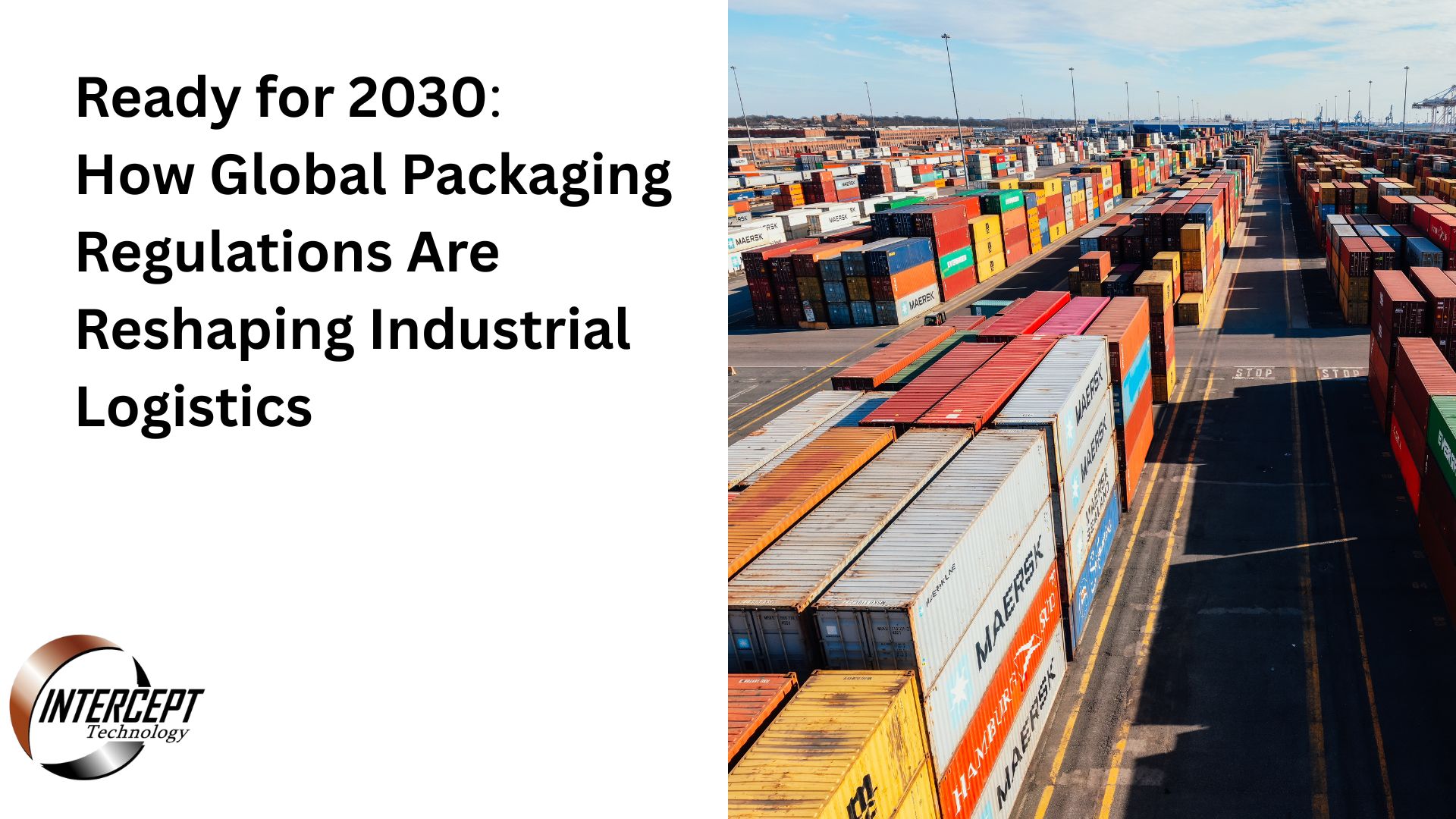Ready for 2030: How Global Packaging Regulations Are Reshaping Industrial Logistics
Until recently, packaging was an afterthought in industrial logistics, a

Until recently, packaging was an afterthought in industrial logistics, a secondary consideration behind production, quality, and cost. That’s no longer the case. A growing body of international regulations is now placing packaging at the center of compliance, sustainability, and market access decisions.
For exporters -especially those operating out of China – understanding and acting on these regulations is quickly becoming a core business requirement.
The Regulatory Shift Is Already Underway
The European Union is leading the charge with a comprehensive legislative framework designed to accelerate the transition to a circular economy. New rules target packaging waste, promote recyclability, and shift compliance responsibility back to the producer.
What began with consumer packaging directives has expanded to include industrial transport materials. These regulations are mirrored in countries such as the US, Australia, and throughout Latin America.
By 2030, companies must meet firm requirements on recycled content, traceability, labeling, and reusability. Failure to comply will not be a mere formality, it could directly impact your ability to ship, sell, or sustain partnerships in regulated markets.
Key Milestones to Track
The shift is happening in phases, with three major compliance checkpoints:
This timeline may seem distant, but waiting too long could result in expensive last-minute changes and operational disruption.
Implications for Chinese Exporters
Industries such as automotive, electronics, aviation, and machinery – which rely on complex protective packaging – face significant impact.
What was once optimized solely for cost or functionality must now be defensible under environmental and legal scrutiny. Risk factors include:
And in all cases, responsibility lies with the sender, not the customer or downstream distributor.
What Happens If You Don’t Adapt?
Ignoring the packaging shift carries real business risks:
These are not theoretical risks, they are already happening to unprepared exporters.
Preparing Your Supply Chain
Smart exporters are getting ahead of the curve by:
This is more than risk mitigation, it’s a chance to align packaging with sustainability, cost-efficiency, and long-term customer trust.
A Proven Solution: Intercept Technology
Intercept Technology is helping exporters future-proof their logistics by offering packaging that’s already compliant with upcoming global regulations. It’s oil-free, reusable for up to 15 years, and classified under EU Recyclability Category 17 (PE colored), meaning it avoids classification as a Single Use Plastic.
Available with 35% recycled content, Intercept solutions are well-suited for high-performance demands in global transport across regulated markets.
Until recently, packaging was an afterthought in industrial logistics, a
In Thailand a gas turbine for an energy industry project
Major paper industry manufacturer has the requirement to store rolls
For a 5-year maintenance / preservation plan with the requirement
INTERCEPT China partner –Full-Grown Leading already developed business in some
INTERCEPT was designed to protect sensitive electronic parts from corrosion
Gulf Warehousing Company (GWC), Qatar’s leading Logistics solutions provider has
“Offshore wind energy” means the generation of electricity from wind
In the mining industry the case of taking samples for